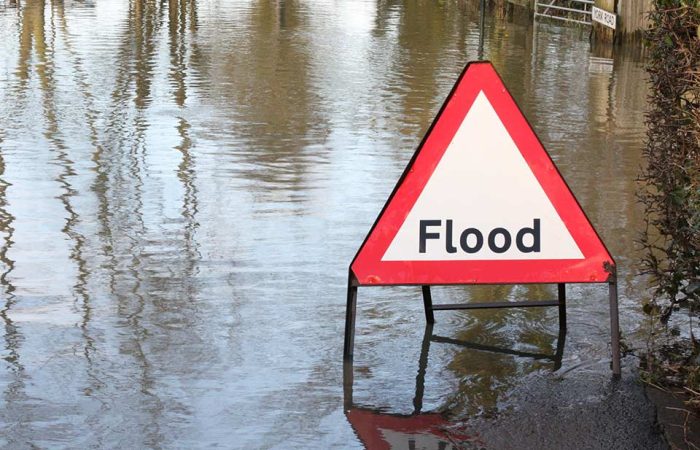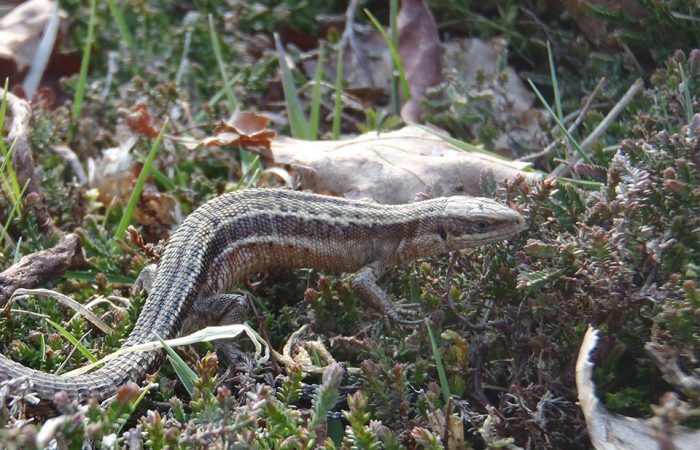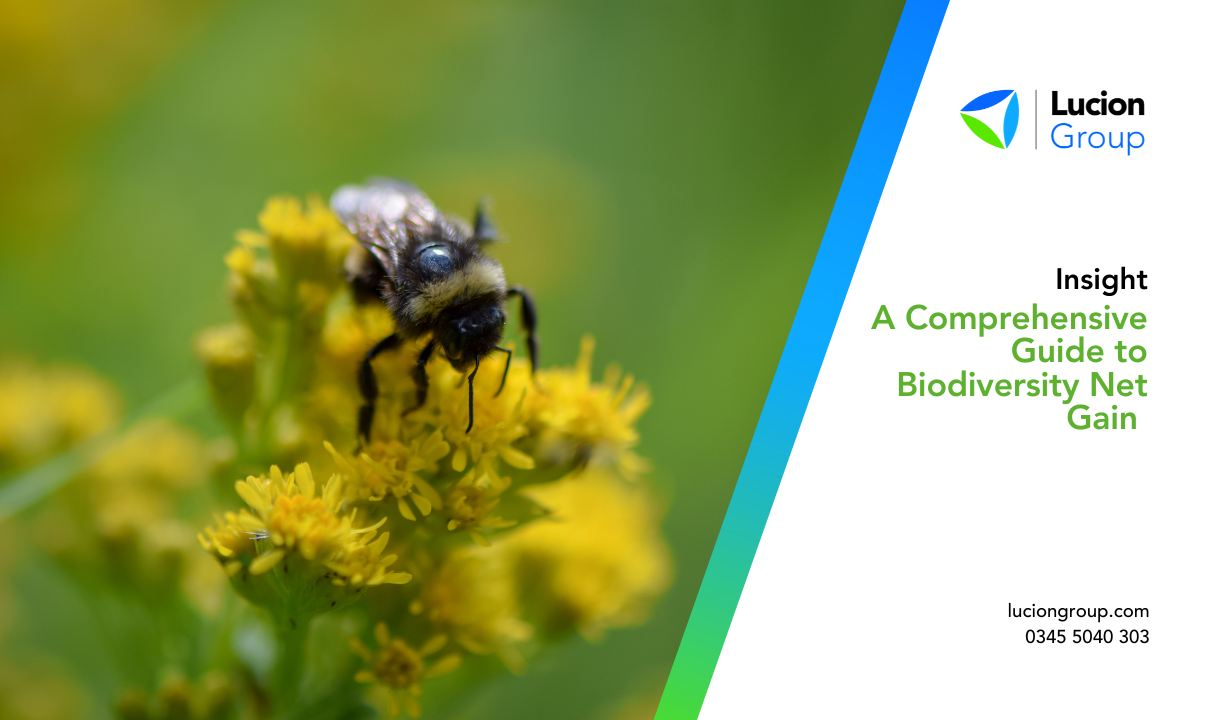Great crested newts are a European Protected Species, making them a critical consideration for any development project. Lucion’s team of licenced ecologists provide comprehensive survey, assessment, and mitigation services to help you navigate the planning process, satisfy regulatory requirements, and keep your project on track.
Great crested newt populations have been declining across the UK, primarily due to habitat loss and fragmentation. As a result, this species is now afforded robust legal protection under the Wildlife and Countryside Act 1981 and the Conservation of Habitats and Species Regulations 2017.
If your development project has the potential to impact great crested newts or their habitats, you are legally required to undertake detailed surveys and obtain the necessary licences before proceeding. Failing to do so could result in significant delays, additional costs, and even prosecution.
That’s where Lucion comes in. Our team of licensed ecologists have the expertise and experience to guide you through every stage of the great crested newt survey and assessment process, ensuring your project remains compliant while minimising disruption.
The survey process typically involves two key stages:
Initial Assessment
Our ecologists will conduct a thorough habitat assessment to determine the potential presence of great crested newts. This initial review can save you time and money if a full survey is not required.
Great Crested Newt Survey
If the initial assessment identifies the potential for great crested newts, we’ll undertake a comprehensive survey using techniques such as torching, bottle trapping, and egg searching. These surveys must be carried out during the optimal survey season of mid-March to mid-June, with at least two visits in the peak period of mid-April to mid-May.
Lucion’s licenced ecologists have an unparalleled track record of securing the necessary permits and approvals, even on the most complex development sites. We’ll work closely with you and the local planning authority to design and implement tailored mitigation strategies, ensuring your project remains compliant while protecting this vulnerable species.
From creating new breeding ponds and terrestrial habitats to installing temporary amphibian fencing, our comprehensive solutions leave no stone unturned. And we’ll be with you every step of the way, providing the guidance and support you need to keep your project moving forward.




































